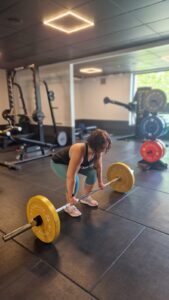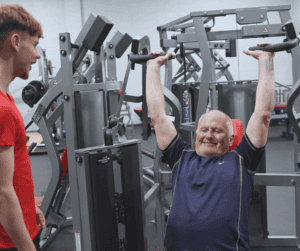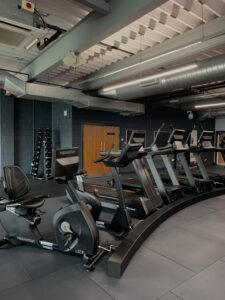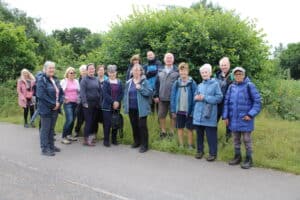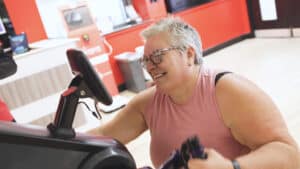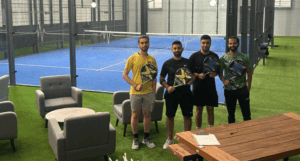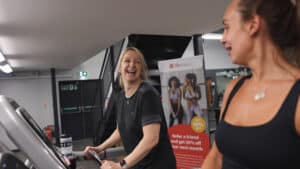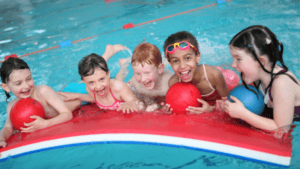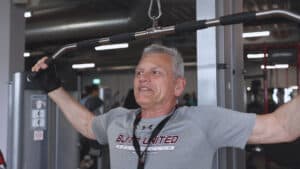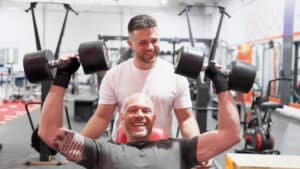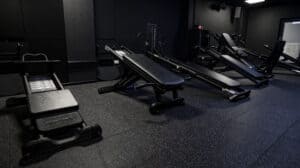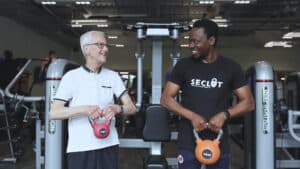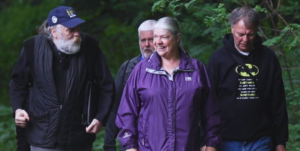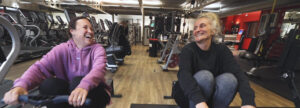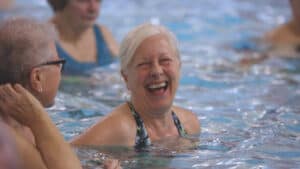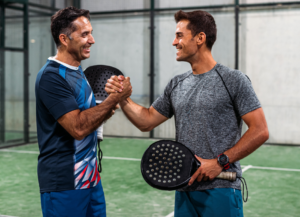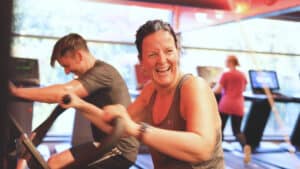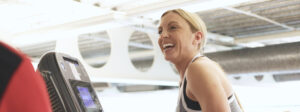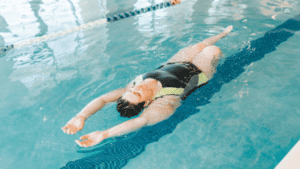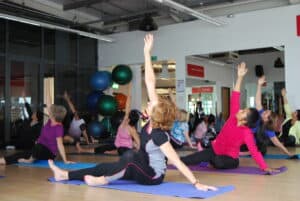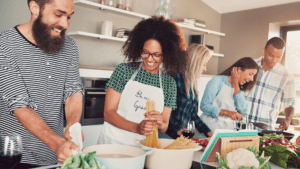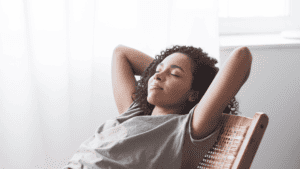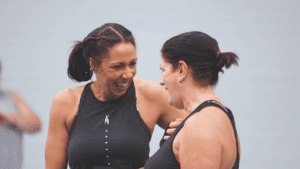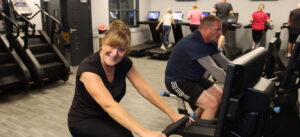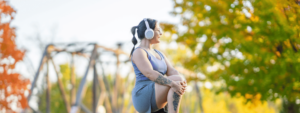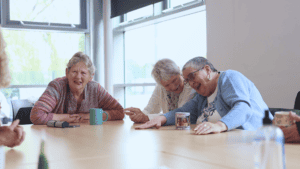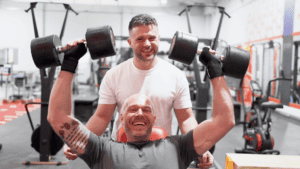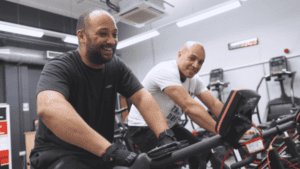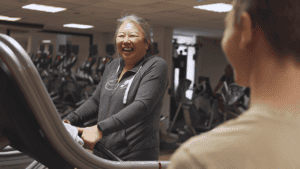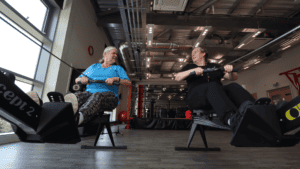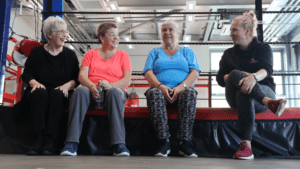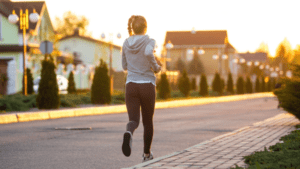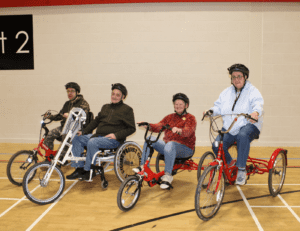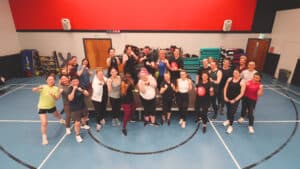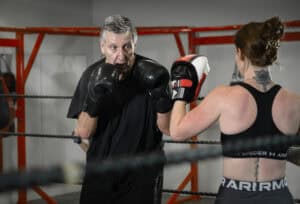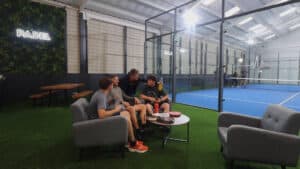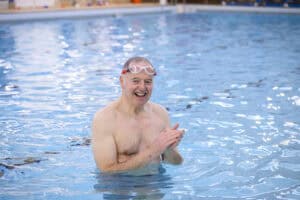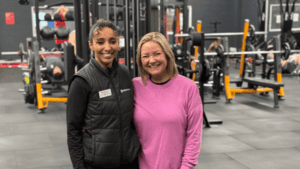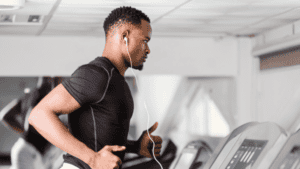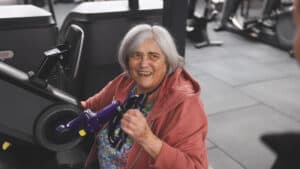Falls are a common concern, especially for older adults, but they can happen to anyone. The good news is that many falls are preventable with some simple adjustments and proactive measures. In this blog, we’ll explore practical tips to help prevent falls at home, suggest easy exercises to incorporate into your routine, and offer advice on how to make life easier if a fall does occur.
Your home should be a safe haven, but everyday items and layouts can sometimes pose risks. Here are some small changes that can make a big difference:
- Improve lighting: Ensure all areas of the house are well-lit, especially stairs, hallways, and entryways. Use brighter light bulbs and add night lights in bedrooms, bathrooms, and along hallways and landings.
- Remove tripping hazards: Clear pathways of clutter, cords, and loose rugs – or consider removing rugs altogether if they are a frequent tripping hazard.
- Install grab bars and handrails: Add grab bars in the bathroom near the toilet and inside the shower. Make sure stairways have secure handrails on both sides.
- Use non-slip mats: Place non-slip mats or strips in the bath, shower, and on any other slippery surfaces, such as kitchen or bathroom floors.
- Rearrange furniture and frequently used items: Arrange furniture to create clear walking paths and keep frequently used items within easy reach to avoid the need to climb or stretch, which can lead to loss of balance.
Age UK offer a handy help and gardening service, carrying out minor repairs, improvements or adaptations in the home to assist people in living well and safely. You can get in touch about this service via email (Handyhelp@ageukstockport.org.uk) or telephone (0161 480 1211). More information is also available on their website: https://bit.ly/3zlidCY
Regular physical activity can significantly reduce your risk of falls by improving strength, balance, and coordination. At Life Leisure, we run a number of classes designed to help people most at risk of falls regain some confidence in their everyday life by competing simple and easy movements under expert guidance.
If you or someone you know would like to implement some movements at home, here are some simple exercises to consider:
Balance exercises:
- Walk in a straight line, placing one foot directly in front of the other. This exercise improves balance and stability.
- Stand on one foot while holding onto a sturdy chair or countertop. Try to hold for 10 seconds and repeat on the other leg.
Strengthening exercises:
- While standing, lift one leg straight out in front of you without bending the knee. Hold for a few seconds and lower slowly. Repeat with the other leg.
- Sit in a chair and slowly stand up without using your hands. This helps build leg strength.
Flexibility exercises:
- Sit in a chair and extend one leg out in front of you. Gently point and flex your toes to stretch your ankle muscles.
- Roll your shoulders forward and backward to relieve tension and maintain upper body mobility.
For more information on our tailored falls prevention classes, please visit: https://www.lifeleisure.net/exercise-referral/
Free falls prevention home workout: https://bit.ly/4d5El20
The super six – Exercise before and after surgery: https://bit.ly/4d9HZYB
Even with the best prevention strategies, falls can still happen. Being prepared can help you respond effectively and reduce the impact:
- Keep a landline or mobile phone on a low table or another easy-to-reach spot, so you can access it even if you’re on the floor. Store emergency contacts on speed dial.
- Use a medical alert system: Consider wearing a medical alert bracelet or pendant with a button that can quickly call for help. Many systems now have fall detection features that automatically alert emergency services.
- Store essentials within easy reach: Keep items like medications, water, and a torch within arm’s reach of your usual resting spots, such as your bedside table or living room chair.
- Have a plan for getting up safely: If you fall, try to stay calm. If possible, roll onto your side and slowly get onto your hands and knees, crawl to a stable piece of furniture and use it to help yourself up. If you’re unable to get up, use your emergency alert device or phone to call for help.
- Consider fall mats or cushions: Place cushioned mats beside your bed or in high-risk areas. These can provide some protection if a fall does occur, helping to minimise injuries.
For more guidance on getting up from a fall safely, please take a look at this free guide from Later Life Training: https://bit.ly/3ZwbLnc
If you’re worried about a family member or neighbour, completing regular check-ins either by phone or in person is an effective way to help keep them safe and let them know they have someone looking out for them.
Falls can happen very suddenly, so it’s good for us all to be aware of simple ways we can prevent them and support those most at risk. For more information or support on #fallspreventionweek, please visit https://bit.ly/47pUeze

